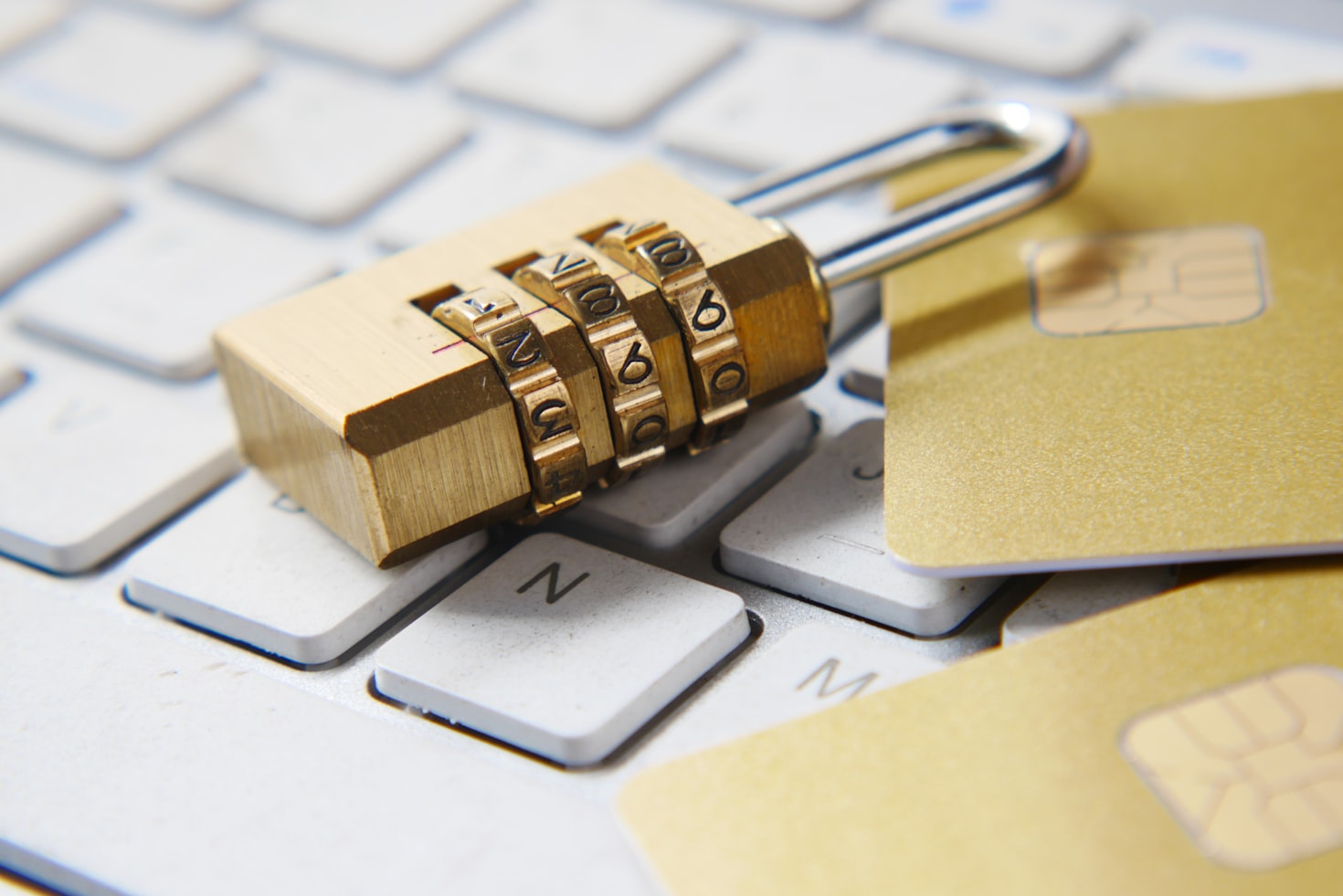Credit Card Encryption: How Does a Security Pass Card Work?
Source: https://unsplash.com/photos/bqjswIxbhEE
With the introduction of the credit card back in 1966, no one could imagine that security would become such a major factor when using their cards. But as time sped along and cyber crimes became more frequent, the need to improve online security, as well as credit card transactions, became a high priority. Credit card encryption has massively improved over the past few years. Even the technology from just two years ago is not on par with what we are using today. We’ve learned more about credit card encryption and how security pass cards work. Read all about it below.
What is credit card encryption?
In simple terms, it’s the process of protecting your card number, your identity, and any other details such as the CVV number from greedy thieves and scammers. This is done through a microchip. Most, if not all, credit cards have a microchip. It is usually embedded somewhere on your card in silver. What does it do? When you make a purchase, the microchip generates a cryptogram that is unique to that transaction. During the transaction, all necessary information is then sent to the credit card processor.
It’s a technical process; however, it is easy to understand. Whenever you are making a purchase, the point-of-sale system, card reader, or card machine, needs to transmit specific identifying information about your card. Once the information is confirmed and processed, then the transaction is processed. This is the information that needs to be encrypted. What puts your mind at ease as a consumer is that powerhouses such as Apple, Samsung, and Google consistently work on security measures.
Source: https://unsplash.com/photos/FnA5pAzqhMM
What is a security pass card?
Security pass cards are generally what is used to enter work buildings and apartment blocks. It is more often used as a form of authentication so that the correct person is allowed to enter the building. Typically, pass cards hold only the information needed to ensure the correct person is using the system. Making them individually coded. In general, this is what a pass card would store: name, ID, or social security number, as well as the levels you are authorized to visit. These cards typically look like credit cards too. So how do they work?
Much like a credit card, a security pass card looks similar and has the same type of magnetic strip at the back of the card. The magstripe, as it is known, is made up of millions of tiny magnetic particles. These little magnets can be written to work in a range of ways such as the north pole or south pole direction. The direction of the magnetic strip plays a significant role too because the magnetic field needs to be figured out by the card reader every time you swipe. However, the card reader plays a key role here. Let’s understand why.
The card reader must understand what the magnetic strip is saying, or rather, what information the pass card wants to relay. The card reader will detect changes in the magnetic field on the magnetic strip on the pass card. These changes are caused by flux reversals. Flux reversals take place when the north pole is facing the north pole of the adjacent bar. Right, back to card readers. There are three common methods used for reading a card.
- Swipe readers: The ones everyone knows best. This is when you swipe your card from end to end and both sides are open.
- Insert reader: This is what we started with. You insert your card into the card reader, and the space is exactly right to fit a typical bank-like card.
- Proximity reader: In the past few years, this one has become quite popular because you can simply tap your card and go.
Source: https://unsplash.com/photos/yekGLpc3vro
Advantages
Pass cards have made our lives so much easier. It has removed the unnecessary and frivolous need to record our information on paper. It’s also saving the planet at the same time because we eliminate paper. Then, the other benefit is that your data is kept in one secure place. You no longer have to worry about your name and social security number floating around. There is a range of other benefits, but it’s great to also understand how authentication, authorization, as well as encryption works. This will ultimately help you see how viable pass cards would be to your business.
While the development and integration of pass cards might initially cost money, in the future the benefit will outweigh this. Here are some of the more important benefits:
- Swiping a card is much cheaper than other available technologies. Further to this, the technology used to store data in magnetic cards is affordable.
- You can use magnetic cards with other systems and software making them interoperable.
- It’s great for security since only one user can use a card at a time. If they misplace their card, you are then able to replace only that one card.
- Only one card is needed to access multiple parts in a building.



